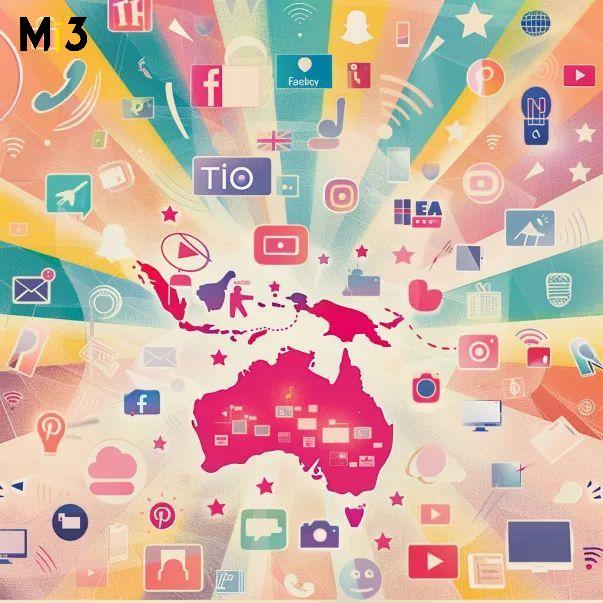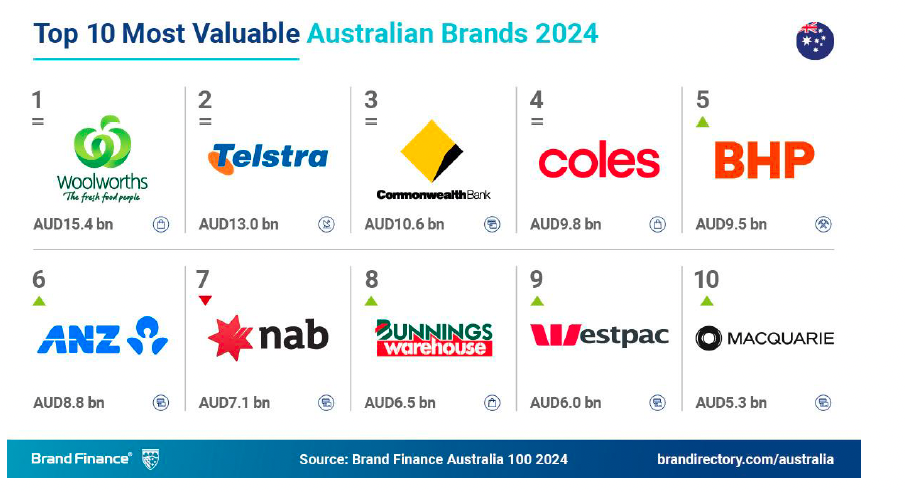Australian marketers brace for fivefold surge in content demand by 2027

Adobe’s recent research reveals that Australian marketing teams are anticipating a significant increase in content demand, with expectations of more than a fivefold growth by 2027.
The study, which surveyed over 400 Australian marketers, highlights the mounting pressures from consumer demand for personalised, multi-format content.
According to the findings, 86% of marketers have experienced an increase in content demand over the past two years, with more than half reporting a fivefold growth. Looking ahead, 63% of Australian marketers predict that content needs will multiply by at least fivefold by 2027. The primary driver for this surge is the demand for personalised content, cited by 61% of respondents, followed by hybrid customer journeys at 49% and a shift towards video and audio formats at 42%.
The study also indicates that 56% of marketers believe audiences expect new content weekly or several times per week. However, 48% of marketing teams are struggling to keep up with this demand. A significant 78% of organisations produce over 1,000 brand assets annually, with 35% producing between 10,000 and 500,000.
Time-consuming workflows are a major barrier, with content going through three to six rounds of approvals and involving more than 20 approvers. Additionally, 46% of marketers spend over 40% of their time on administrative tasks, reviews, and approvals. Budget shortfalls (46%), lack of speed (44%), and limited staff (31%) are identified as top challenges in meeting content demand.
The research also reveals that 83% of marketers lack an effective way to measure content performance. In response to these challenges, marketers are focusing on closer collaboration between creative and marketing teams (43%), data-driven content approaches (42%), and leveraging generative AI (40%).
Duncan Egan, Vice President of Enterprise Marketing at Adobe Asia Pacific and Japan, stated, “Marketers are under immense pressure to deliver personalised, impactful content at speed and scale. To keep up, teams must rethink their operations, unify creative and marketing workflows, and leverage AI to accelerate ideation, production, and personalisation.”
The study shows that 78% of marketing teams already use AI to support content production and workflows, with 82% planning to use AI to support content processes in the next year. However, concerns about generative AI include content quality (56%) and compliance and data privacy (48%).
Egan added, “As brands embrace AI for content production, they need models that they can trust. That is why we train our Adobe Firefly models on licensed, high-quality data to ensure commercial safety. We also enable organisations to train their own custom models so they can create on-brand content a scale.”
Juli Anderson, Director of Brand & Creative for Australia and New Zealand and Global Head of Brand Programs at AECOM, shared insights on the challenges faced by large organisations. “We are a very large Fortune 500 company with 55,000 people globally. So as you can imagine, there were a lot of templates in the past, roaming around different hard drives on different servers. The other pain point was our workflow was quite convoluted. So we had comms people, marketing people, designers, and then our internal stakeholders requesting things like social media tiles that we needed to streamline. We needed to work out how we would make this content a lot more consistent and on-brand and polished, but also evolve these templates so that they would have those cultural nuances as part of the process. Adobe Express solved both of those for us.”
James Courtney-Prior, Head of Creative at Urbis, highlighted the role of AI in reducing administrative tasks. “Using AI to remove or reduce the administrative tasks, those operational things, just creates more space to be creative. On several projects, we’ve used it to generate copy really fast and get some ideas on the table. And it’s raw. It’s just a concept that allows us to move quickly based on what a client’s given us in terms of their briefing or their aspirations. We can quickly turn around and go, ‘Is it like this?’—sense check—and then we can start designing with purpose.”
Stefan Mitchell, Head of Video Content for News & Sport at Nine, discussed the impact of AI in the sports industry. “In sport, the impact of AI is real for us. Being able to cut down an 80-minute NRL game into a five-minute highlight. Previously, it was one person’s job. They had to sit there and watch the whole game, cut all the bits up, edit it together and publish it. So that will take two hours plus. Now, with AI, as soon as the game’s over, there’s a five-minute highlight reel ready to go based on the inputs we give it.”





